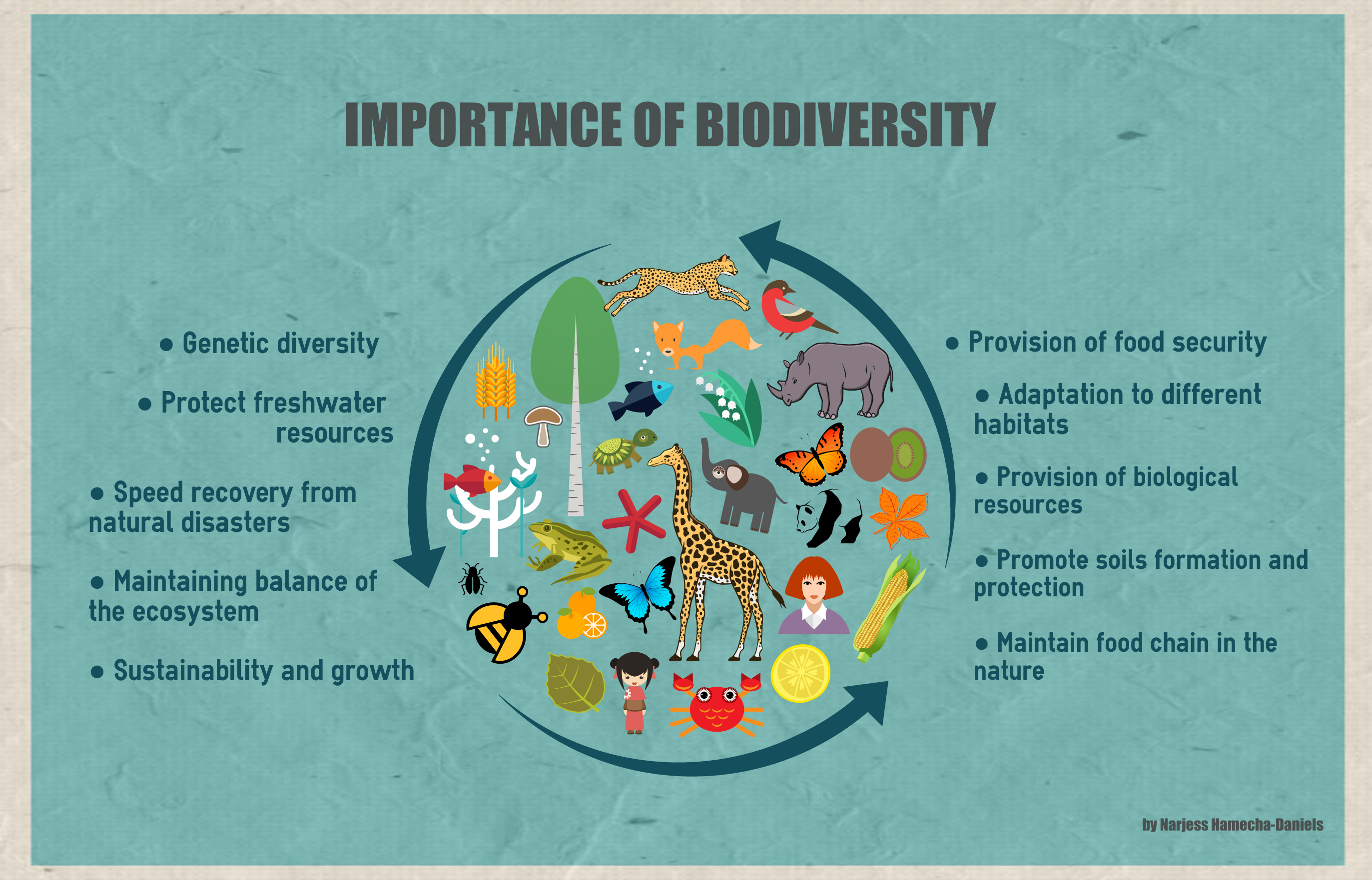In the world of technology, it’s easy to get caught up in the latest gadgets and advancements. But it’s important to remember that our planet’s biodiversity is crucial for our survival. Conservation efforts play a vital role in preserving the diversity of life on Earth, and technology can be a powerful tool in this endeavor.
The Importance of Biodiversity
Biodiversity refers to the variety of living organisms on Earth, including plants, animals, and microorganisms. It is essential for maintaining the health of ecosystems and the services they provide, such as clean air, water, and food. Biodiversity also plays a key role in supporting human well-being, providing us with resources for medicine, agriculture, and industry.
The Threats to Biodiversity
Unfortunately, biodiversity is under threat from human activities such as deforestation, pollution, and climate change. These factors are causing a rapid loss of species and habitats, leading to a decline in the overall diversity of life on Earth. Conservation efforts are essential to combat these threats and preserve our planet’s biodiversity for future generations.
How Technology Can Help
Technology can be a powerful tool in the fight to conserve biodiversity. Remote sensing technologies, such as satellite imagery and drones, allow researchers to monitor ecosystems and track changes in biodiversity over time. This information is crucial for identifying areas that are at risk and developing targeted conservation strategies.
Additionally, data analysis tools and machine learning algorithms can help researchers make sense of large amounts of data and identify patterns that are not immediately apparent. This can help prioritize conservation efforts and maximize their impact. For example, researchers can use these tools to predict where endangered species are likely to be found and focus their efforts on protecting these areas.
Technology can also improve communication and collaboration among conservation organizations and stakeholders. Online platforms and mobile apps make it easier to share information, coordinate activities, and engage the public in conservation efforts. This can help raise awareness about the importance of biodiversity and inspire people to take action to protect it.
Examples of Technological Innovations in Conservation
There are many examples of how technology is being used to conserve biodiversity around the world. For instance, in Kenya, conservationists are using radio collars and GPS tracking devices to monitor the movements of endangered species such as elephants and rhinos. This information helps them better understand the animals’ behavior and develop strategies to protect them from poaching and habitat loss.
In Brazil, researchers are using acoustic sensors to monitor the sounds of the rainforest and track changes in biodiversity. By analyzing the sounds of different species, they can determine the health of the ecosystem and identify areas that need protection. This information is crucial for guiding conservation efforts in the Amazon rainforest, one of the most biodiverse regions on Earth.
Conclusion
Conservation and biodiversity go hand in hand, and technology plays a crucial role in preserving the diversity of life on Earth. By leveraging technological innovations, researchers and conservationists can better understand the threats to biodiversity and develop effective strategies to protect it. It’s essential that we continue to invest in technology and support conservation efforts to ensure a sustainable future for our planet and all its inhabitants.

